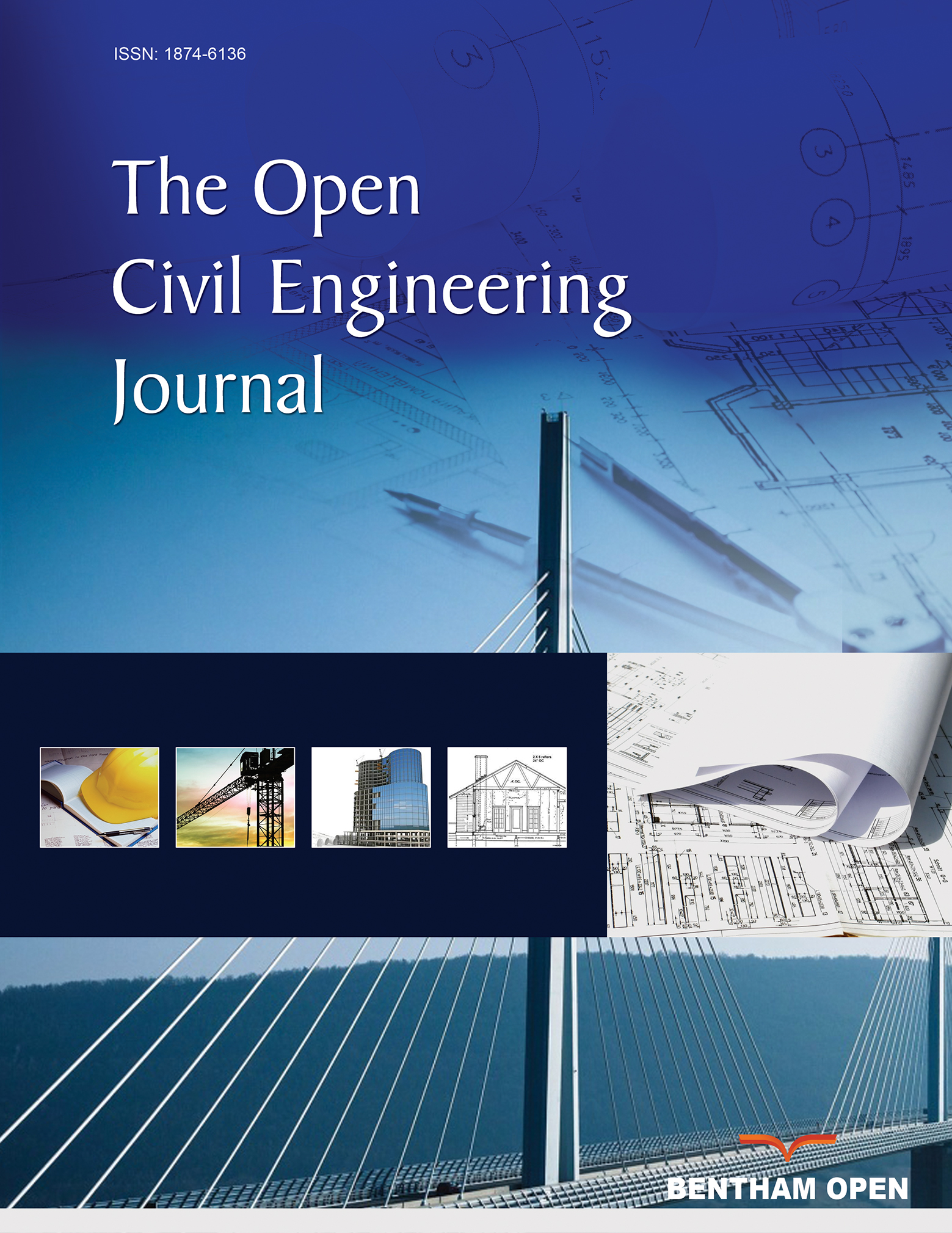All published articles of this journal are available on ScienceDirect.
Seismic Performance of Steel Moment Frames Containing Concentric Bracing Equipped with Shape Memory Alloys
Abstract
Background:
A building’s stability is a critical design element that structural engineers must understand. Utilization of Shape Memory Alloys (SMAs) in steel structures can significantly diminish seismic residual deformations, which will facilitate postseismic retrofitting.
Objective:
The aim of the present study was to evaluate the seismic behavior of 7-story and 15-story steel frames with a moment frame system having a chevron concentric brace equipped with Shape Memory Alloys (SMAs). Braces containing various amount of alloy (including 20%, 40%, 60%, 80%, and 100%) were applied to study the effect of SMAs on structural performance. Relatively persistent displacement of the structure as well as its relative maximum displacement under the earthquake imposing on frame models, were investigated using non-linear dynamic analysis by OpenSees finite element software. The earthquakes were in near- fault nine accelerographs, which involved various maximum accelerations.
Results:
Results indicated a reduction in relatively persistent displacement using 20% SMAs in braces. Additionally, more amount of alloy resulted in less relative displacement as compared to steel braces.
Conclusion:
Applying SMAs brace showed a reduction in persistent structural displacement in any type of frame. Furthermore, adding more than 20% SMAs to the brace, resulted in a decrease in structural displacement.


